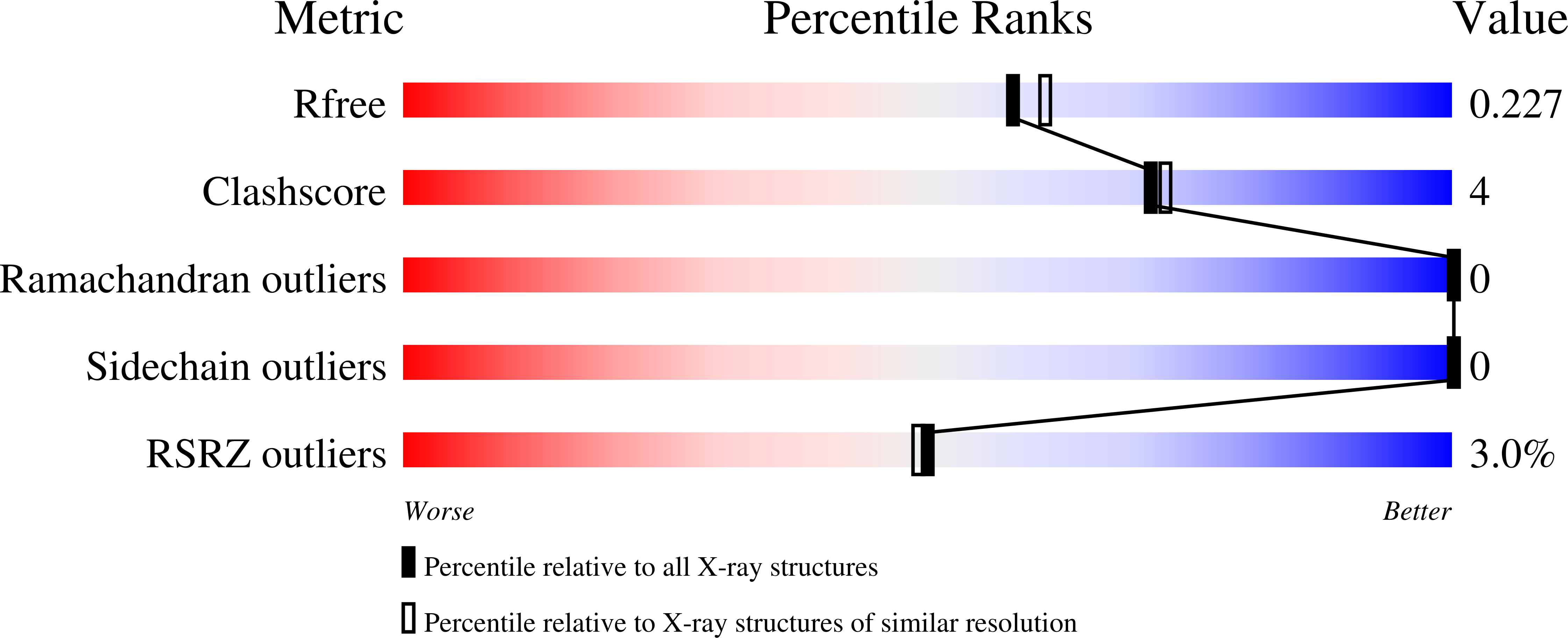
Deposition Date
2023-04-07
Release Date
2024-06-05
Last Version Date
2024-10-30
Entry Detail
PDB ID:
8SDO
Keywords:
Title:
ATAD2 bromodomain in complex with "oncohistone" mutation H4S1CK5ac (res 1-15) ligand
Biological Source:
Source Organism:
Homo sapiens (Taxon ID: 9606)
Host Organism:
Method Details:
Experimental Method:
Resolution:
2.01 Å
R-Value Free:
0.23
R-Value Work:
0.20
R-Value Observed:
0.20
Space Group:
P 43 2 2


